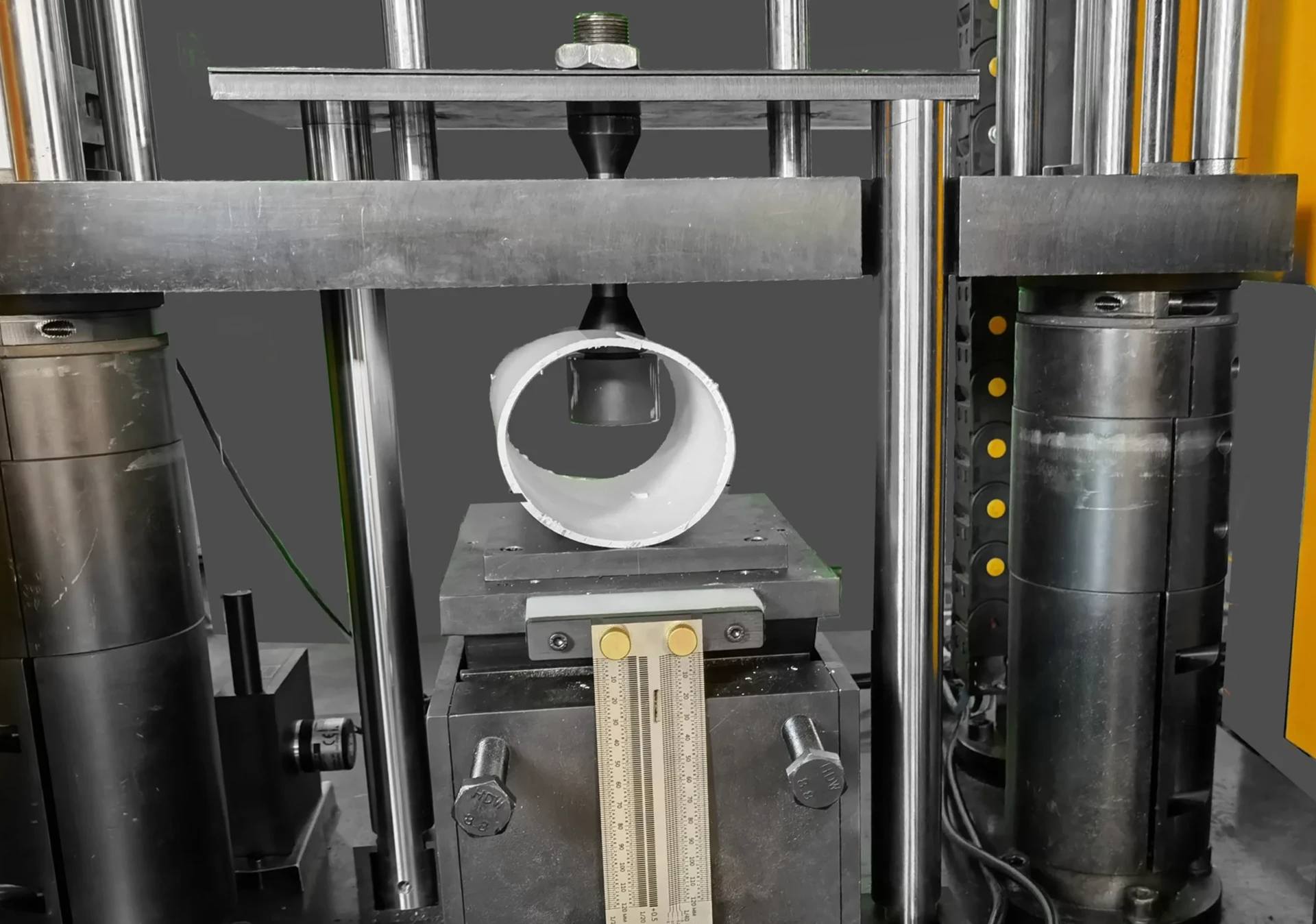ASTM D3332-14 Dynamic Drop Test
The ASTM D3332-14 Dynamic Drop Test is a critical procedure in packaging testing aimed at evaluating the resistance of containers to impact forces. This test simulates real-world conditions where packaging may experience sudden impacts during transportation, storage, or handling. It helps ensure that packages can withstand such stresses without compromising their integrity.
During this dynamic drop test, specimens are dropped from varying heights onto a specified surface using an instrumented pendulum. The impact is measured in terms of energy absorbed by the specimen and any resulting deformation or damage. This information provides valuable insights into the package's durability and potential for safeguarding its contents under harsh environmental conditions.
The ASTM D3332-14 standard specifies detailed procedures for conducting these tests, ensuring consistency across laboratories worldwide. Compliance with this standard is essential for manufacturers aiming to meet regulatory requirements or quality standards set by their clients.
Understanding the dynamics of impact resistance is crucial in developing robust packaging solutions that protect valuable goods throughout distribution channels. By leveraging advanced testing methods like ASTM D3332-14, companies can enhance product safety and reduce liability risks associated with damaged packages.
Scope and Methodology
| Parameter | Description |
|---|---|
| Pendulum Energy | The energy imparted to the specimen during impact, typically measured in joules. |
| Drop Height Range | A range of heights from which specimens are dropped, usually spanning 10 cm to several meters. |
| Impact Surface | The specified material used for the drop surface, often concrete or steel. |
| Sensor Calibration | The process ensuring accuracy and consistency of the testing equipment. |
| Data Collection | Instrumentation capturing impact force profiles and specimen deformation. |
The ASTM D3332-14 Dynamic Drop Test involves carefully preparing specimens according to the standard's requirements. These preparations include ensuring that all parts of the container are representative of typical commercial packaging used in distribution systems. Once prepared, the specimens undergo a series of drops from different heights until either failure occurs or specified limits are reached.
At each drop height, detailed measurements are taken using high-precision sensors embedded within the testing apparatus. These readings provide comprehensive data on how the package responds to impact forces, including peak force, acceleration, and duration of contact between the pendulum and the specimen. This information is crucial for understanding the point at which a package fails to protect its contents.
The test concludes when sufficient evidence indicates that the container has lost its ability to perform its intended function effectively. Results are then analyzed against predefined criteria outlined in ASTM D3332-14, allowing manufacturers to assess their products' performance accurately and make necessary improvements based on these findings.
Why Choose This Test
- Comprehensive evaluation of impact resistance properties.
- Replicates real-world conditions experienced by packaging during shipment.
- Provides data to enhance product safety and reduce liability risks.
- Ensures compliance with international standards like ASTM D3332-14.
- Supports development of robust packaging designs suitable for diverse environments.
- Offers insights into areas requiring improvement through detailed analysis.
- Facilitates comparison between different materials or designs easily.
The ASTM D3332-14 Dynamic Drop Test is particularly valuable for quality managers, compliance officers, R&D engineers, and procurement specialists who need reliable data on packaging performance. By incorporating this testing method into their workflows, organizations can significantly improve the reliability and safety of their products.
Customer Impact and Satisfaction
The ASTM D3332-14 Dynamic Drop Test plays a pivotal role in enhancing customer satisfaction by ensuring that packages meet stringent quality standards. When manufacturers use this test method, they gain valuable insights into how their products behave under stress conditions, enabling them to design better packaging solutions.
Customers benefit from improved protection for goods during transit and storage, reducing instances of damage or loss due to inadequate packaging. This not only enhances the overall customer experience but also contributes positively to brand reputation and loyalty.
In addition to improving product quality, implementing ASTM D3332-14 helps companies stay ahead in today’s competitive market by meeting regulatory requirements and industry expectations. By demonstrating a commitment to excellence through rigorous testing protocols like this one, businesses can build trust with their customers and partners alike.





